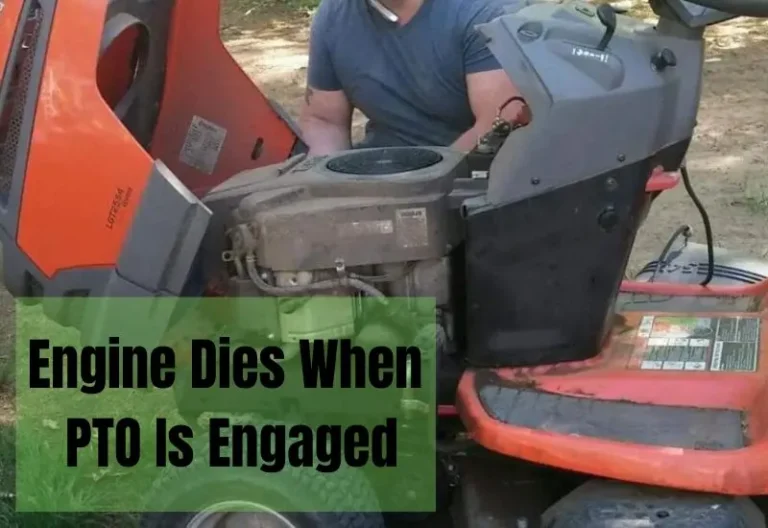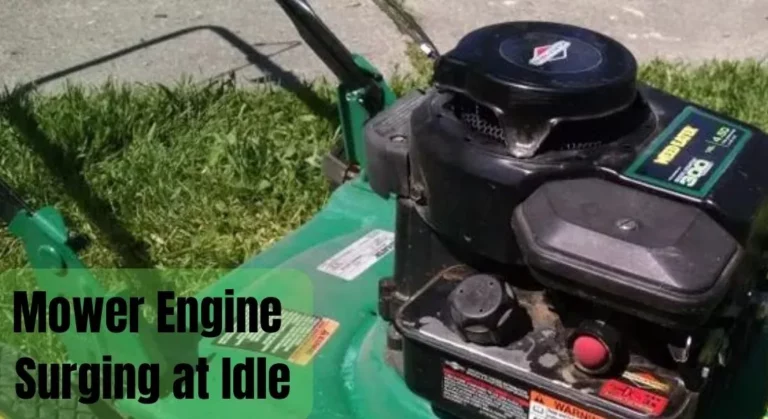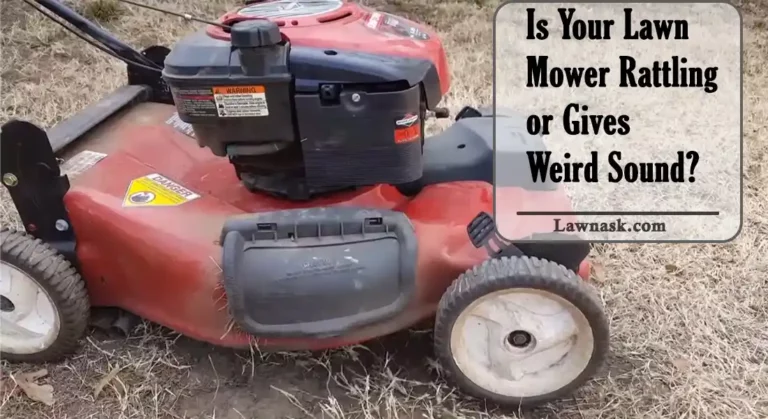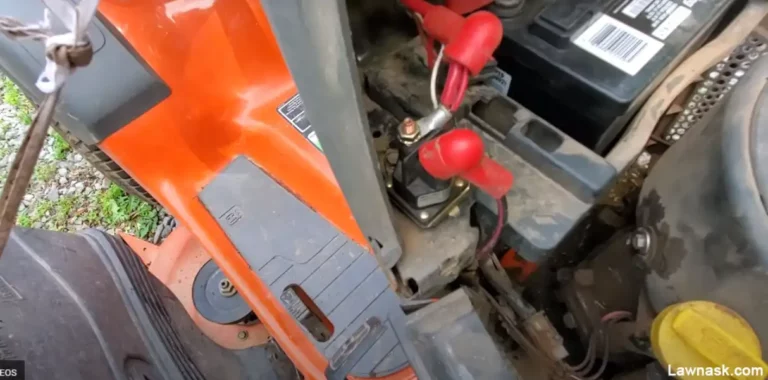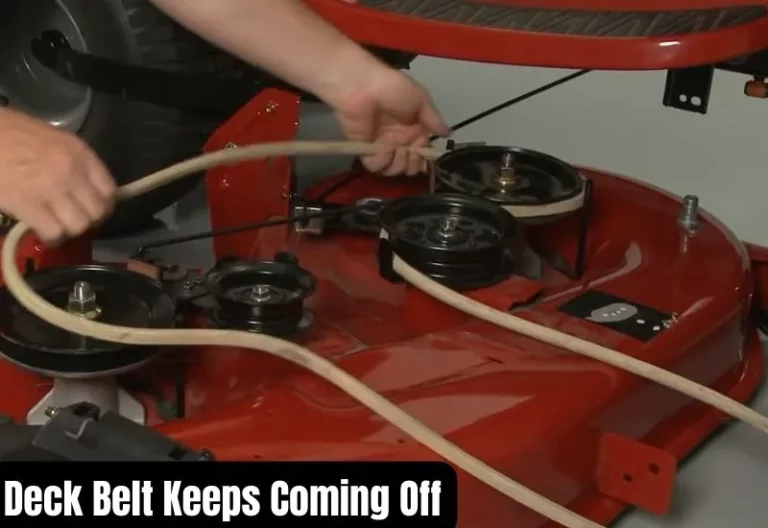A Comprehensive Guide to Electric PTO Clutch Troubleshooting
The Electric PTO Clutch is easily the beating heart of your lawnmower or garden tractor. It is the part that ensures a smooth and efficient operation. But what happens when this integral component decides to throw a tantrum?
Here are some of the common things you need to troubleshoot to fix the PTO problem:
- Bad Switch and Voltage
- Misaligned Clutch Engagement
- Noises
- Excessive Heat
- Loose Wiring
This article will give you a road map for diagnosing, conquering, and restoring power to your favorite mower by Electric PTO Clutch troubleshooting.
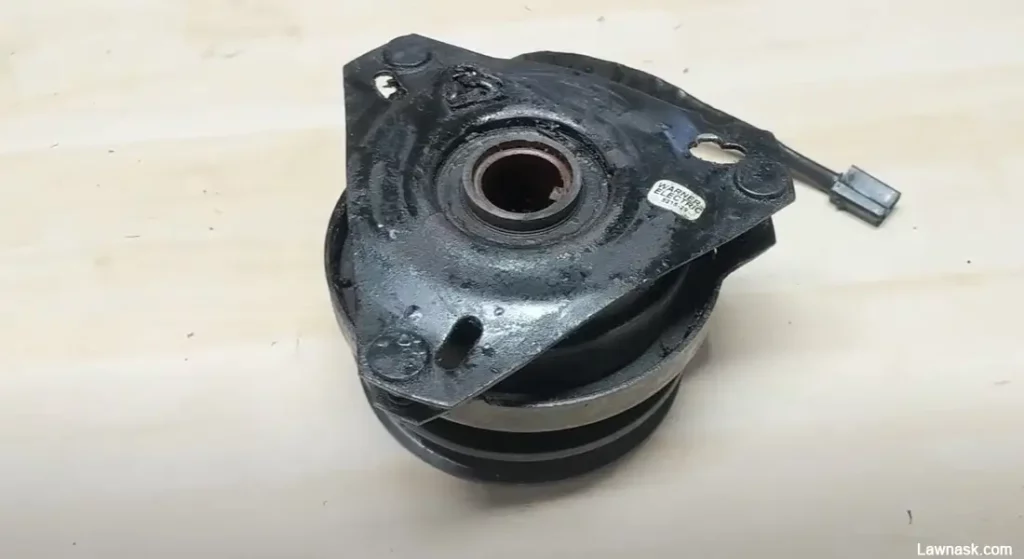
How the PTO Clutch Plays a Role in Mower Operation
The PTO clutch is usually found near the mower deck or transmission on the engine crankshaft.
It is made up of three parts:
- An electromagnetic coil,
- A pulley or plate, and
- A friction clutch mechanism.
When the electromagnetic coil is activated, it creates a magnetic field that engages the clutch. This allows power to be transmitted from the engine to the attached equipment.
When the clutch is released, power is disconnected and the mower blades or other implements stop rotating.
This allows you to maneuver the mower safely without causing any damage or accidents.
When you engage the clutch, power flows and the mower blades or attachments begin to rotate. It allows you to mow the grass or perform other tasks.
Related Post: What is a PTO on a Lawn Mower?
Electric PTO Clutch Troubleshooting (with Reasons)
Here’s why your electric PTO clutch is showing problems and how to troubleshoot it:
1. Bad Switch and Voltage
The battery/voltage regulator is usually an obvious problem. But the clutch not getting a good ground or poor connection on the positive side can also cause a voltage drop.
Check your PTO switch and make sure the ground is good on it. If it’s not working right, rewire the clutch straight to the battery (testing mode). It should work fine.
2. Misaligned Clutch Engagement
Often after reinstalling the clutch, it stops working properly. If it was working well before you removed it and now it’s not, must have been installed incorrectly.
Take it back off and inspect it! On some clutches, when you bolt it on, there is a sleeve with a shoulder on it that the bolt goes through. Make sure that piece is there, it spaces the crank and clutch.
If its gone, it could be clamping it all together, acting as one solid piece, spinning the clutch when the engine is running!
Moreover, wear, damage, or misalignment and clutch air gap and clutch slippage could cause problems.
Visually inspect the clutch and replace any damaged part or the entire clutch. The electric PTO engages when the switch is pulled. And everything works as it should. However, it may continue running the deck when the switch is turned off.
Enough residual ‘friction’ between drive keep the blades spinning. Air gap adjustment should make it right again. So performing either a clean-up or an adjustment might do the trick.
3. Noises
In case of noises, the PTO clutch could be working fine. The noises could be caused by one of the two bearings in the clutch.
One turns with the engine crankshaft all the time. The other one only turns when the PTO is off.
Use some brake cleaner to get all the junk from under it & the clutch. Do not power wash anything on a lawn mower. The wash-out ports may contribute to water being forced into the spindle housing or bearings leading to premature failure.
But make sure the bearings are working smoothly and there is no debris. Nothing beats a good old hand cleaning of a deck (once removed) and zerk fittings on spindles that are properly lubricated.
You can also make a little air blast gizmo and use it every time right after a mow. Just connect an air hose fitting, 3/8″ ball valve, about 3′ of 3/8″ copper tube, and a ~1/8″ air nozzle.
4. Excessive Heat
There may be a PTO clutch failure, but only seems to happen when hot. This could be an intermittent short in the electric clutch.
Take an ohm meter and check the coil resistance. The reading should be between 2.4 – 3.4 ohms. Around 0.2 means there is a short.
In this case, you will need to fix the short. If the PTO clutch is beyond repair, you will have to find a replacement for it.
Here’s a step-by-step guide to replace the PTO Clutch:
- Turn off the engine and park the mower on a level surface with the parking brake engaged. Consider wearing gloves and eye protection.
- Locate the PTO clutch assembly by removing protective covers.
- Follow the manufacturer’s instructions to properly disconnect the power source from the PTO clutch assembly.
- Remove the PTO Clutch by unscrewing the bolts, screws, or retaining nut.
- Clean and install the New PTO Clutch.
- Reconnect the Power Source. Test and adjust
- Clean Up after reassembling.
5. Loose Wiring
If the coil wiring starts to work loose, it will rub against the clutch. In this case, it will not re-engage the clutch when hot at the end of the mow.
This issue is common on old PTOs. When you put the other coil on, loosely put the 4 bolts in the coil, wrap 3 rounds of masking tape around the coil, slip the rotor over the coil, and then tighten the coil down.
Now, pull the hub, and remove the tape. Then you have an equal distance between the two.
If the wiring is damaged, better replace it first.
Related Post: Why Engine Dies When PTO Is Engaged? Reasons And Solutions Explained
The Cost of the Electric PTO Clutch Troubleshooting
inspecting the wiring connections, checking for any visible signs of damage or wear, and using a multimeter to test the clutch’s electrical components can be done for free.
A replacement of PTO can be found for under $200. The cost in this case primarily involves any tools or equipment you may need. Such as a multimeter or diagnostic tools.
For basic troubleshooting and PTO testing purposes, a reasonably priced multimeter within the range of $20 to $50 is enough. But depending on the brand, this price can go up to $100.
If you involve professional intervention. On average, you can expect labor costs to range from $50 to $100 per hour. The time required to troubleshoot and the complexity of the issue will determine the cost.
Moreover, Electric PTO clutches can range in price from $100 to $300 or more, depending on the brand and quality.
Electric PTO Clutch Troubleshooting – FAQs
When should I consider replacing the electric PTO clutch?
The electric PTO clutch should be considered for replacement if it shows signs of excessive wear. Such as slipping, grinding, or failure to engage properly.
What controls electric clutch operation?
An electric switch or a control module.
What is an electric clutch actuator?
An electric clutch actuator translates electrical signals from the control system into mechanical motion. This engages or disengages the clutch. It converts the electrical energy into rotational force.
What causes clutch actuator failure?
Electrical issues, mechanical wear and tear, contamination, or inadequate lubrication, damaged wiring, worn-out components, moisture, or lack of maintenance can result in malfunction or complete failure of the actuator.
Related Posts:

